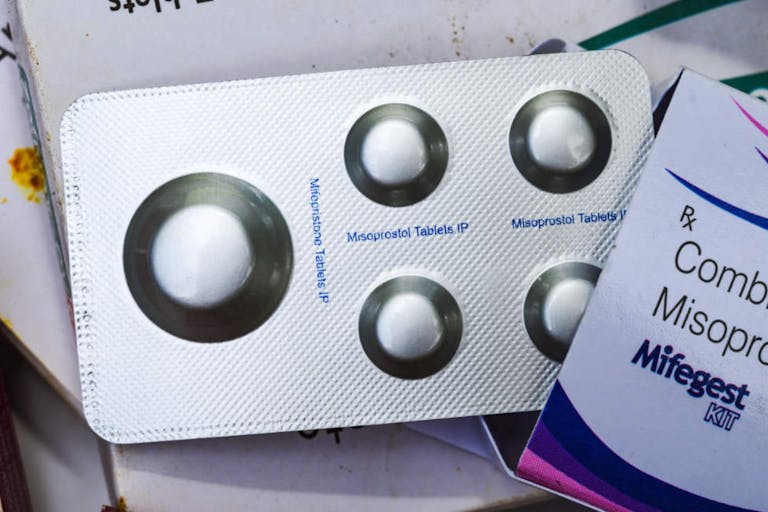
Kentucky woman arrested, charged with fetal homicide
Nancy Flanders
·
Donor-conceived people react to export of UK sperm: We are ‘mass produced’
A legal loophole is allowing sperm donated in the United Kingdom (UK) to be exported around the world, allowing donors to circumvent UK law limiting donations to only 10 families — and donor-conceived people are not happy.
The Guardian reported that fertility clinics are taking advantage of this loophole, sending sperm to be used overseas when it can’t be used any longer in the UK. Professor Jackson Kirkman-Brown, chair of the Association for Reproductive and Clinical Scientists (ARCS), told the Guardian that the Human Fertilisation and Embryology Authority (HFEA) should take action.
“If you believe that it’s necessary to enforce the 10-family limit in the modern world then logically that should apply wherever the sperm are from,” he said. “There is data showing that some of the children who find the really big families struggle with that.”
“A heck of a lot of relatives”
The HFEA said 7,542 straws of sperm were exported from the UK between 2019 and 2021, and as this trend continues, the number of potential children from a single child has been growing more and more. “Once you’ve frozen sperm it doesn’t get any older,” Kirkman-Brown said, explaining that sperm can be used for decades if it has been frozen. “You can end up with donor siblings older than your parents, which is not somewhere we’ve been yet.”
Still, the HFEA said limiting the amount of sperm exported is something they have no control over. “The HFEA’s position that this is outside its remit is not good enough,” Sarah Norcross, director of the fertility charity Progress Educational Trust, told the Guardian. “I’m not against there being more than 10 families if some are outside the UK, but 75, which some of these banks have alighted on, is a heck of a lot of relatives. Even if they say we can’t control the number of families abroad, they could insist that the number is made available to the recipient.”
“It makes me uncomfortable”
In a follow-up article, donor-conceived adults reacted to the new information.
Emma Dine, 36, said she knew she was donor-conceived from the age of 10, and was able to track down her biological father. She’s since been matched with 25 siblings. “I do little maths scenarios in my head,” she said. “About 5% of the UK population is on Ancestry.com. If we’ve identified 25 siblings on there alone – there’s going to be variables, but if you just directly extrapolate it, you’re looking at 500. Even if you take that down by a degree of magnitude, it makes me uncomfortable.”
She also added that there were other issues that troubled her; she said she will not date someone from the UK out of fear of accidentally dating an unknown sibling. She also said it’s painful knowing how she was conceived. “You hear about people’s parents meeting at Glastonbury,” she said. “This isn’t very glamorous or romantic and the numbers add to that feeling. It does make you feel a bit mass-produced.”
Many donor-conceived children have reported having similar feelings; one woman, Ellie, wrote about her feelings for Them Before Us.
“I’m the child of a stranger, who altruistically sold me, his biological daughter, to a family he would never meet,” she said. “He signed away his rights to be a father to me, and my parents gladly bought the gift that would give them a child. They were ecstatically happy when my mother became pregnant, but no one considered how I would feel about the transaction that took place, how I would feel about having no right to a relationship with my biological father, no access to my paternal family, not even medical information.”
Grace Holden, who had children using donor sperm, said she thought her children would be safe due to the 10-family limit. “I selected a UK donor that I believed would be used for a maximum of 10 families. Everybody makes different decisions, but for me I wanted to keep the donor sibling pool as small as I could within my control,” she explained in her interview with the Guardian. But then she looked at her donor’s page and saw that the sperm was being exported.
“I was blindsided. I felt as if I perhaps wouldn’t have made the decision I’d made if I’d thought exportation was an option,” she said, adding, “Yes, it’s a business, but they’re in the business of creating people. The priority must always be the children who are created.”
Donors react
Kevin Moore, 39, is both donor-conceived and a sperm donor himself. He said he has no idea how many siblings he has, and has at least 14 children.
“I was like, ‘Oh my goodness, that’s quite a lot,'” he said. “That’s where I think the 10 family limit feels a bit heavier. Even now, because there’s no limit within families, I could have 20 plus. That’s kind of intense.”
Liam Renouf-Macnab, also donor-conceived and a sperm donor, said he’s proud to have helped couples build their families… but still has some misgivings. “[T]he marketisation of the industry to create 17 children felt like something I had to deal with and process and think through,” he said, adding that the industry needs to be better regulated and monitored. “One thing I support is that donor-conceived people have the right to know. If the HFEA, at 18, contacted the people who are donor conceived to tell them, it would spur parents on to make sure they have those conversations early.”
Live Action News is pro-life news and commentary from a pro-life perspective.
Contact editor@liveaction.org for questions, corrections, or if you are seeking permission to reprint any Live Action News content.
Guest Articles: To submit a guest article to Live Action News, email editor@liveaction.org with an attached Word document of 800-1000 words. Please also attach any photos relevant to your submission if applicable. If your submission is accepted for publication, you will be notified within three weeks. Guest articles are not compensated (see our Open License Agreement). Thank you for your interest in Live Action News!

Nancy Flanders
·
International
Angeline Tan
·
International
Cassy Cooke
·
Issues
Angeline Tan
·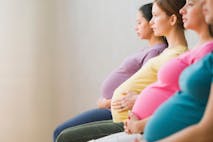
International
Angeline Tan
·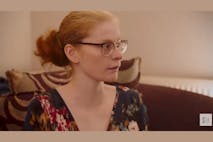
Issues
Right to Life UK
·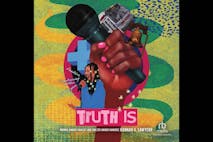
Pop Culture
Cassy Cooke
·
International
Cassy Cooke
·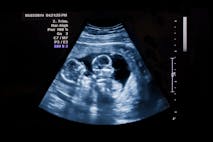
Analysis
Cassy Cooke
·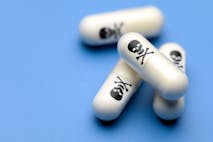
Analysis
Cassy Cooke
·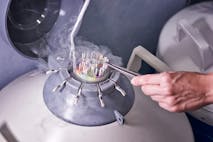
International
Cassy Cooke
·